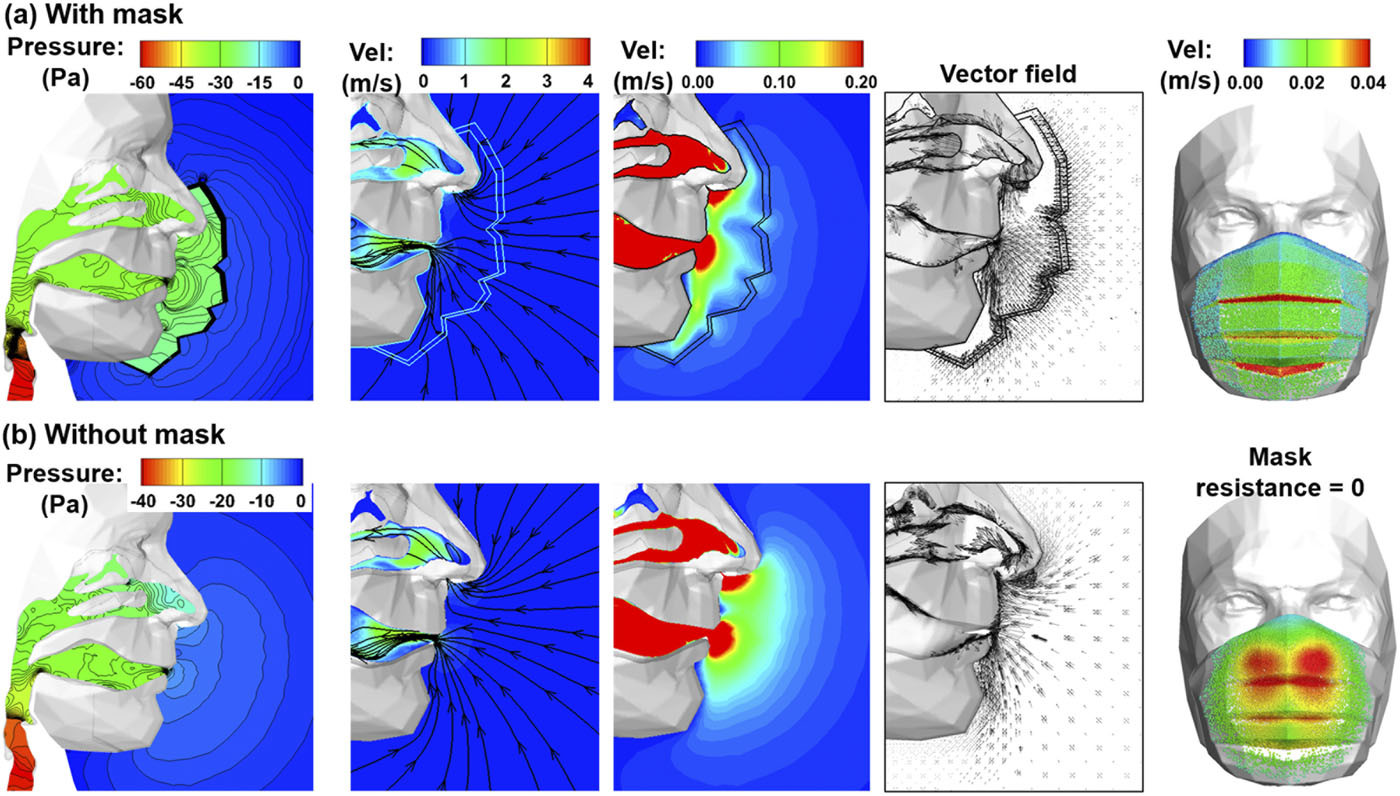A new study published in the Physics of Fluids scientific journal demonstrated wearing a used mask is potentially riskier than wearing no mask at all.
According to researchers from the University of Massachusetts Lowell and California Baptist University, a three-layer surgical mask is 65 percent efficient in filtering particles in the air. That effectiveness, however, falls to 25 percent once it is used.
“It is natural to think that wearing a mask, no matter new or old, should always be better than nothing,” said author Jinxiang Xi.
“Our results show that this belief is only true for particles larger than 5 micrometers, but not for fine particles smaller than 2.5 micrometers,” he continued.
Using a computer model of a pleated three-layer surgical mask, researchers determined that wearing masks “significantly slows down” airflow and alters “particle motions near the face,” making people using already-worn masks more vulnerable to inhaling aerosols in the nasal region.

“In this study, we found that the protective efficacy of a mask for the nasal airway decreases at lower inhalation flow rates,” the study states, noting that the nose, while usually the first line of defense to the lungs, is “one of the three confirmed binding sites for COVID-19 viruses.”
The study also found that the pleats in surgical masks maintained high airflow but contained high levels of particles and droplets that could be potentially inhaled.
While mask efficacy is reduced once worn, researchers clarified that wearing a mask still “significantly reduces particle penetration into the lungs.”
They also specified that masks “protect the upper airway (particularly the nose and larynx) best from particles larger than 10 µm, while it protects the face and lungs best from particles less than 10 µm (PM10),” but noted that other studies should be conducted with masks that do not perfectly fit the face to “refine the assessment of mask protection efficiencies.”

